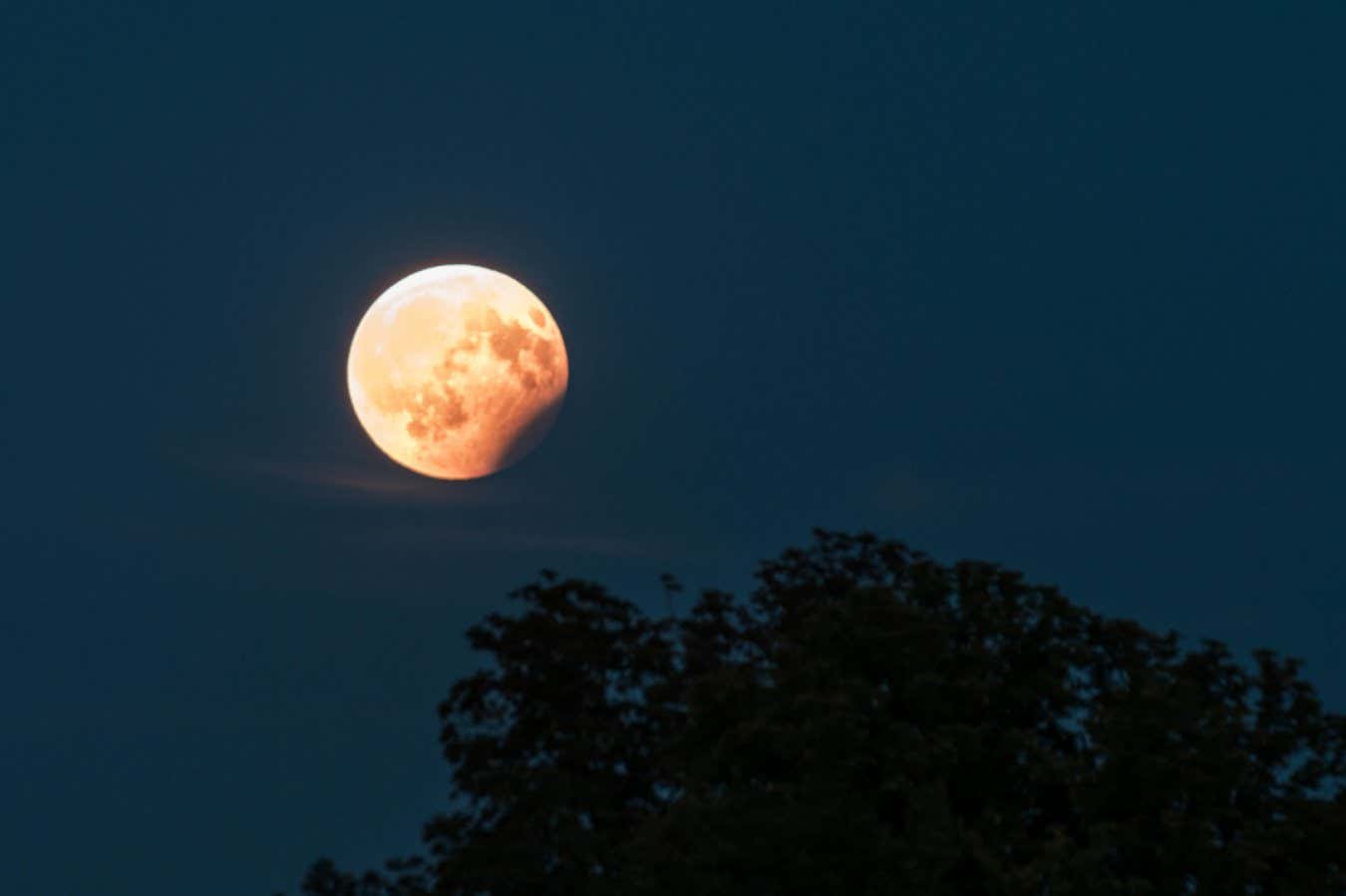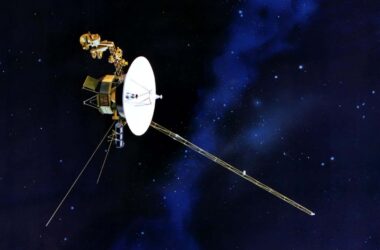A partial lunar eclipse in Regensburg, Germany, in 2017
Thomas Koschnick/Alamy
On the night of Saturday, October 28th, a partial lunar eclipse will occur visible in various parts of the world, including the UK, Europe, Asia, and Africa. During this phenomenon, a portion of the moon will turn red, creating a captivating sight. Some regions, like North America, South America, and Australia, will only witness a slightly darker moon during the penumbral stage of the eclipse.
What time is the 28 October partial lunar eclipse?
The maximum of the eclipse is set to occur at 9:14 PM in London, 10:14 PM in Berlin, 11:14 PM in Moscow, 1:44 AM in Mumbai, and 4:14 AM in Hong Kong. The penumbral stage, which precedes and follows the maximum, will last for approximately two hours. You can check the precise timings for your location using free software like Stellarium.
How to watch the partial lunar eclipse
No special equipment is needed to view the lunar eclipse. As long as you are located where the eclipse is visible and have clear skies, you will be able to witness the moon turning red. Only a small portion of the moon, up to 12 percent at the maximum, will exhibit this reddish hue. Binoculars or a small telescope may enhance your viewing experience.
What is a lunar eclipse?
A lunar eclipse occurs when the moon moves into the shadow cast by Earth, blocking the sunlight. This event only takes place during a full moon, but not every full moon qualifies as a lunar eclipse due to the moon’s orbit tilt.
What causes a partial lunar eclipse?
A partial lunar eclipse occurs when the moon does not align completely with Earth and the sun, resulting in only part of the moon entering Earth’s shadow. Earth’s shadow has two parts: the dark inner region called the umbra and the outer region known as the penumbra. During the penumbral stage of the eclipse, the moon is in the outer shadow, causing a slight darkening effect. The red color becomes visible when the moon enters the umbra.
Why does the moon turn red?
During a lunar eclipse, the moon does not completely vanish as the sun does during a solar eclipse. This is due to Earth’s atmosphere. Although the moon is in Earth’s shadow, some sunlight passes through the atmosphere, mainly the longer wavelengths at the red end of the spectrum. This refracted light is then reflected by the moon, creating a red or orange glow. Similar to sunrise or sunset, the reason the sun appears red. For this reason, lunar eclipses are often referred to as “blood moons”.
Why do eclipses come in pairs?
Eclipses occur when the moon’s tilted orbit intersects with the sun and Earth, a position known as syzygy. Solar eclipses happen during a new moon, while lunar eclipses occur during a full moon. As a result, pairs of eclipses tend to be approximately two weeks apart.








